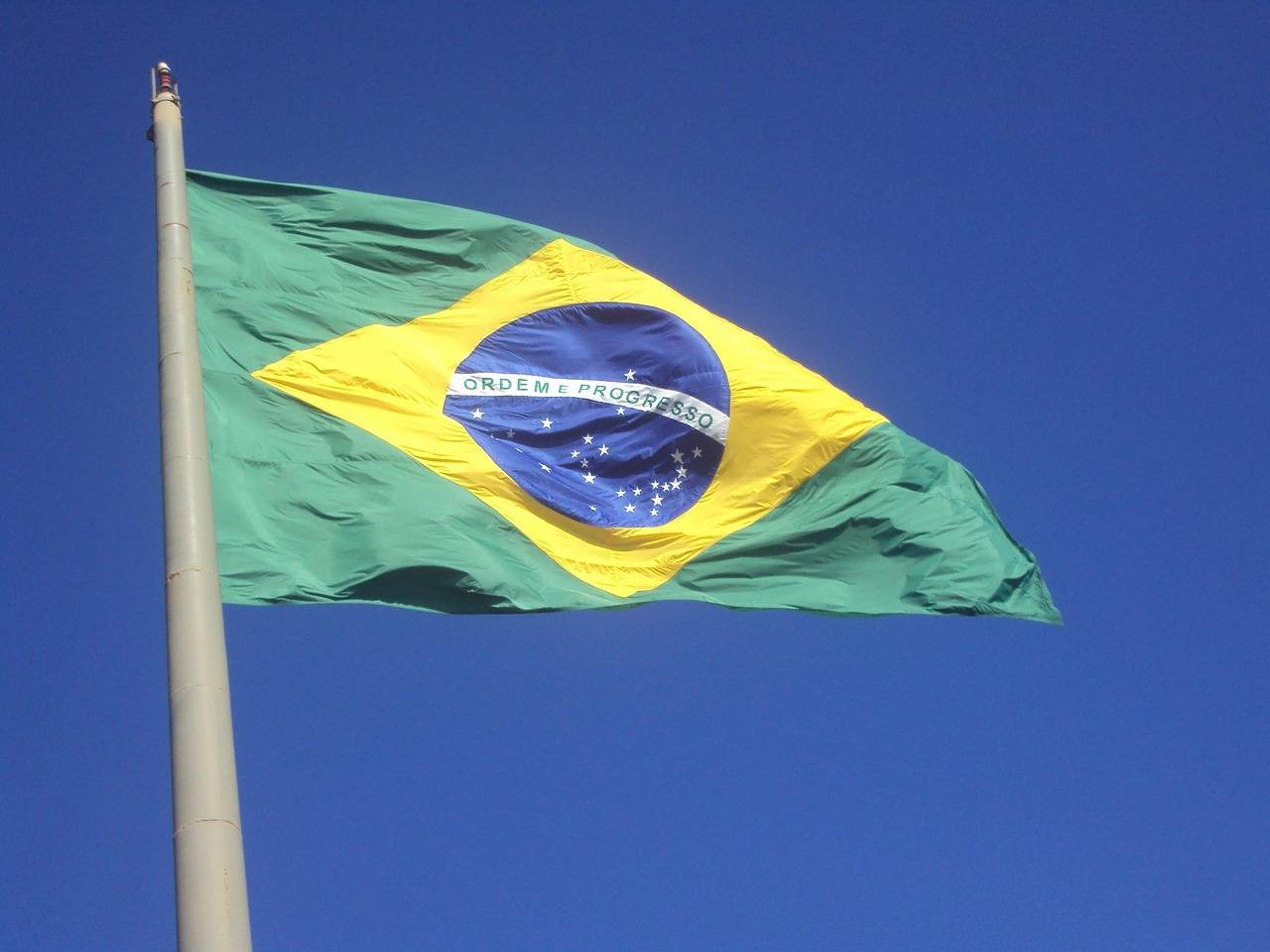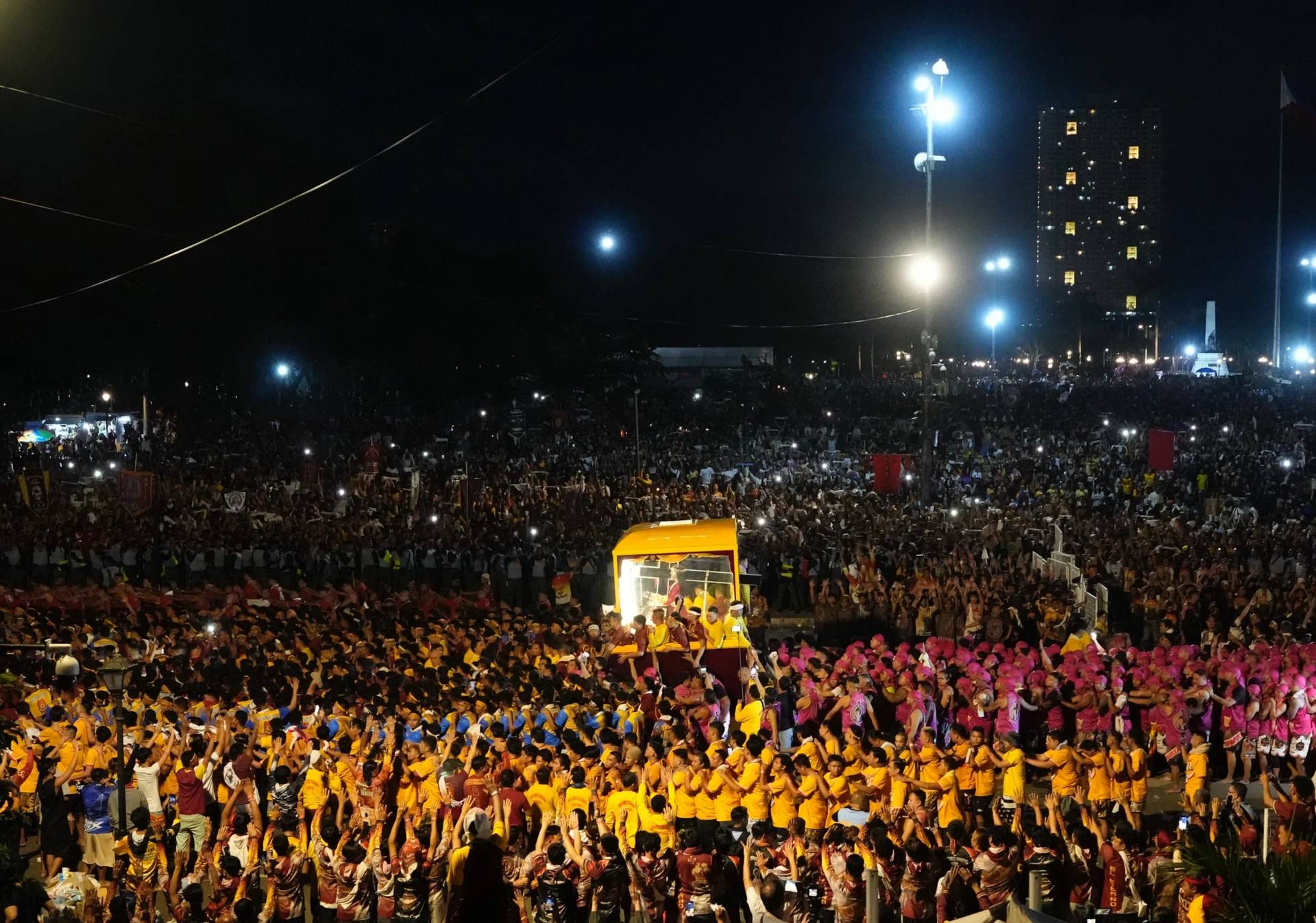ROME – With coronavirus restrictions continuing to relax throughout Europe, pontifical universities in Rome are busy planning for an in-person academic year with new health and sanitation measures in place to ensure the virus doesn’t spread.
With the mass exodus of students who left amid Italy’s coronavirus outbreak this spring, the pontifical universities in Rome have not only had to get creative in terms of ramping up their online and distance learning programs, but staff were also thrown into new roles as they set up virtual courses, guided lessons on Zoom, and attempted to meet the needs of each student from afar.
Now that COVID-19 numbers are trending down and travel restrictions loosening throughout much of Europe, the focus has turned toward the start of the 2020/2021 academic year this fall.
The Pontifical University of the Holy Cross will begin their fall semester Oct. 5, ensuring the full spectrum of academic courses and ensuring that students whose enrollment in classes is delayed due to the coronavirus will not be penalized.
In order to comply with state safety regulations, the number of students allowed in lecture halls and in certain work areas will be cut in half, and a system of staggered entry and exit from classes, as well as for breaks in the middle of lessons, will be implemented in order to minimize contact between different groups.
Under the new rules, cleaning staff at the university have been charged with implementing a new protocol for sanitizing common and private areas. Ventilation levels will be increased, and filters in the ventilation system will be changed more often.
Students and professors alike will be required to keep social distance and to wear face masks when the proper physical distance cannot be maintained. They will also be encouraged to wash their hands frequently, and sanitizer dispensers will be placed throughout the university.
Protective screens will be installed in public service areas, and students are being encouraged to avail themselves of online tools for administration procedures.
Should someone display symptoms of the coronavirus or come into contact with someone who tested positive, the university’s COVID-19 taskforce will be informed and if necessary, quarantine measures will be implemented.
In terms of teaching, the university has added new tools to its online educational platform, and audiovisual facilities will be placed in certain classrooms so that lessons can be given remotely, should the need arise.
Regardless of where they are, to prepare for the fall semester students have been encouraged to gain access to a computer, a webcam and a place with a strong internet signal in order to follow courses online depending on how the situation develops.
At the Jesuit-run Pontifical Gregorian University, thermal cameras measuring body temperature will be set up at the entrance to the main building, and those with a fever will be barred from entry.
The university has ensured that Wi-Fi is available in each of its 51 classrooms, and students will be required to maintain social distance while on campus. Each of the classrooms have already been set up to ensure proper distance is kept.
A new IT program has been developed to meet the needs of distance learning. Exams have been taken online, and around 20 students have defended their thesis online since May. These measures are expected to continue on a limited basis throughout the fall semester for students who are unable to return to Rome.
The university’s library, which was reopened to the public May 18 when Italy began its “Phase Two” return to normal life, has been equipped with remote access to online resources, and a live chat service is available.
Many of the same measures are also being put into place by the Pontifical University of St. Thomas Aquinas, popularly called the Angelicum; however, with large numbers of students from coronavirus hotspots the United States and India, they are also prepared to continue online courses.
Around 70 percent of students have been present in Rome throughout Italy’s lockdown. These and other students who are scattered around Europe for the summer are expected to return, however, of particular concern are students who will not be able to return to Rome and who have difficulties accessing the internet in their home countries.
On June 30, the European Union began to relax restrictions for non-essential travel from countries that are not part of the Schengen area, however, countries considered to be at high risk are still banned from entry, including the United States, Brazil and Russia.
As the coronavirus continues to spread throughout the U.S., India, and swaths of Latin America, it remains a big question mark whether students from these countries will be physically present for the new academic year.
At the moment, plans for the Pontifical North American College are to go forward as usual for the formation year beginning this fall, as long as seminarians have the proper immigration documents, as students hold a different status than tourists.
Follow Elise Ann Allen on Twitter: @eliseannallen













